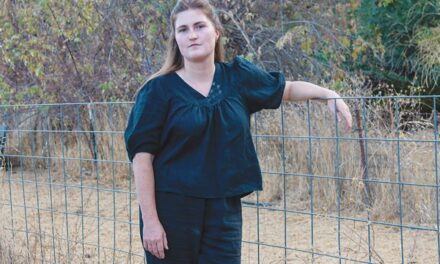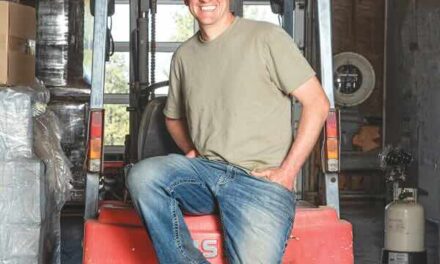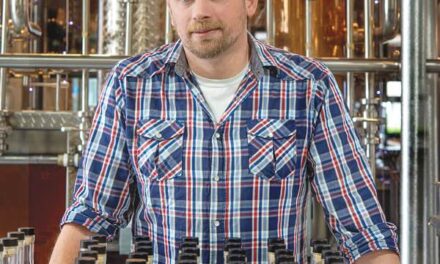Labeling Beef
Here’s why grass-fed is your best bet
By Tessa Marguerite Outland
March 2021
The “grass-fed beef” label may inspire scenes of happy cows roaming across open pastures while grazing on lush green grasses. But with complicated food labeling and misuse of definitions, that may not always be the truth.
SunFed Ranch was co-founded by ranchers Chris Donati and Matt Byrne. Based in Woodland, SunFed Ranch produces hormone-free, grass-fed beef on multiple ranches across Northern California.
Byrne points out some labels on beef are misleading, so it’s important to trust the brand and understand what the labels mean. Labels may indicate the product is organic, but what does that mean for the life and health of the animal?
“Organic versus all-natural, choice versus select, grass-fed and pasture-raised are just some of the terms you may stumble upon when choosing your beef,” Byrne says.
How can consumers be certain that juicy burger on their plate came from a purely grass-fed cow?
The proof is in the label. Food labeling is complicated and beef is no exception. In 2016, the U.S. Department of Agriculture revoked its definition of grass-fed standards for livestock and meat marketing. In a notice in the Federal Register, the USDA acknowledged the confusion, announcing its grass-fed label “does not facilitate the marketing of agricultural products in a manner that is useful to stakeholders or consumers.”
And yet, the USDA still regulates the labeling process for grass-fed beef products. Labels with animal-raising claims are required to be submitted with specific documentation to support all claims. According to the USDA, documentation typically needed to support the claims of “grass fed,” “raised without antibiotics” or “raised without the use of hormones” include:
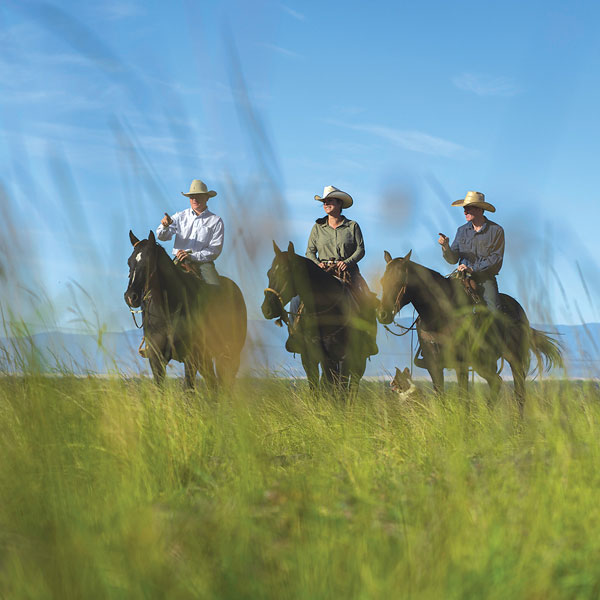
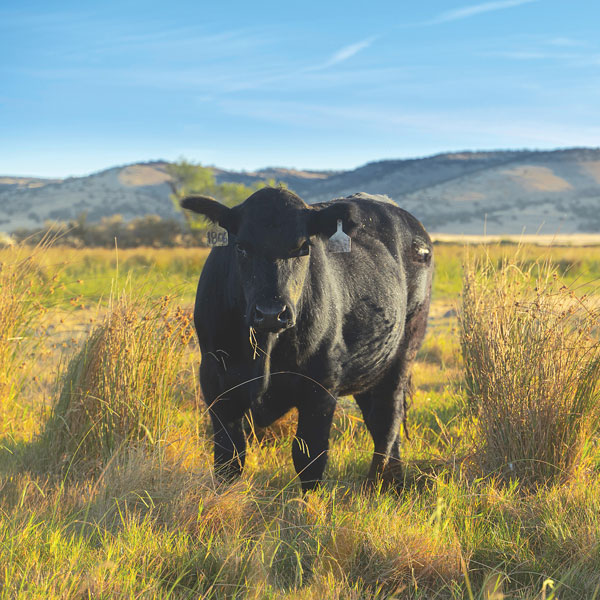
“A written description explaining the controls used for ensuring that the raising claim is valid from birth to harvest; a signed and dated document describing how the animals are raised … to support that the specific claim made is truthful and not misleading; a written description of the product tracing and segregation mechanism from time of slaughter or further processing through packaging and wholesale or retail distribution; and a written description for the identification, control, and segregation of non-conforming animals/product.”
The American Grassfed Association works with legislators and the USDA to establish farm policy that supports American grass-fed producers and family farms. To qualify for certification with AGA, cattle must meet certain standards: 100-percent grass-fed diet from birth until harvest, raised in a pasture without confinement, no hormones or antibiotics, and a family farm origin in America. AGA-certified producers are inspected at least every 15 months by independent third parties to ensure compliance.
So it’s not a simple process, but labels that read “100-Percent Grass Fed & Finished” are most likely from the happiest and healthiest cows.
There is a downside, however.
The time it takes to raise grass-fed cattle is quite a bit longer than conventional beef. This contributes more methane to the atmosphere and fuels global warming. Typical American cattle finish a 16- to 20-month life on a feedlot, where they get fattened on corn and other grains and routine doses of antibiotics and synthetic hormones to speed the process, according to food reporter Deena Shanker at Bloomberg. Grass-fed cattle like those from SunFed Ranch don’t get help from grains, antibiotics or added hormones. They need approximately 24 months to reach market weight, Donati says.
Many farmers who raise chickens, pigs and cows for meat inject their animals with antibiotics to treat and prevent illnesses. The overuse of antibiotics in animals can contribute to the development and spread of drug-resistant bacteria in humans, Byrne says. This is a potential risk to public health.
“At SunFed Ranch, we believe that grass-fed beef production that uses regenerative and holistic grazing methods is good for human health and the environment,” Byrne says.
Whether it’s “100-Percent Grass Fed & Finished” or any other sticker, it’s important to understand the definition behind the label to make a happy and healthy decision.
Tessa Marguerite Outland can be reached at tessa.m.outland@gmail.com. Follow us on Facebook, Twitter and Instagram: @insidesacramento.




